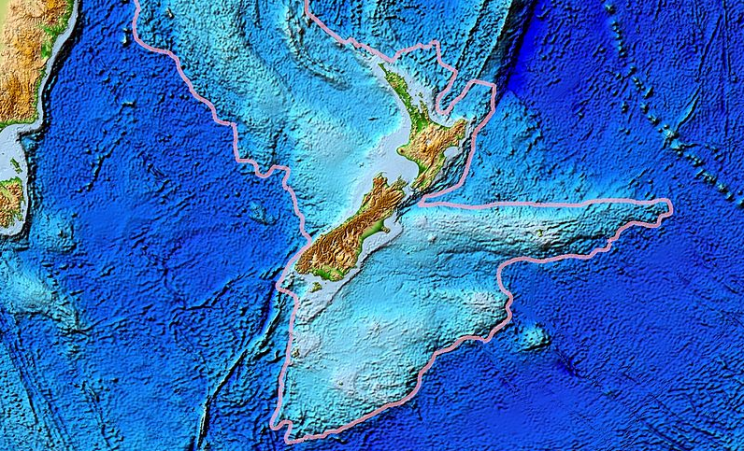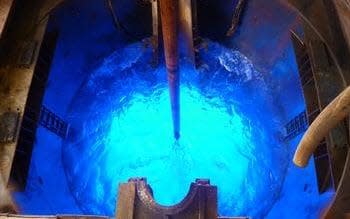Ship sets off to investigate Earth’s ‘lost’ continent - Zealandia

At school, we learn that there are seven continents: Africa, Asia, Antarctica, Australia, Europe, North America, and South America.
But there might be a new one to add to the list: ‘Zealandia’ – and now a ship is sailing off to investigate it.
Thirty scientists sailed from Australia this week on a two-month ocean drilling expedition to explore the submerged continent.
Islands such as New Zealand and New Caledonia form part of the continent, which is a three million square mile region in the southwest Pacific.
.@QC_News prof embarks on expedition to learn more about the world's eighth continent #CUNY #Zealandia : https://t.co/HaSrvpvxeB pic.twitter.com/aR5MG7c7CR
— CUNY Admissions (@CUNYWC) July 24, 2017
The islands are connected by submerged continental crust across a large area of Earth’s surface – hence it qualifies as a separate continent.
Gerald Dickens, professor of Earth, environmental and planetary science at Rice University, said, ‘This expedition will answer a lot of lingering questions about Zealandia.
MOST POPULAR ON YAHOO UK:
Inside the world’s most expensive RV, which costs £2.3m and is seriously luxurious
Grenfell Tower covered in protective wrapping to shield ‘open coffin’ from view
Cash-strapped Brits ‘having to choose between food and basic personal hygiene’
Councils may REMOVE speed bumps under government plans to tackle air pollution
Anti-Semitic incidents in Britain hit an all-time high
‘If you go way back, about 100 million years ago, Antarctica, Australia and Zealandia were all one continent,’ Dickens said.
‘Around 85 million years ago, Zealandia split off on its own, and for a time, the seafloor between it and Australia was spreading on either side of an ocean ridge that separated the two.’
Expedition scientists will join more than 20 scientific crew members in drilling at six Tasman Sea sites at water depths ranging from 3,280 feet to 16,400 feet.

The cores hold fossil evidence the scientists can use to assemble a detailed record of Zealandia’s past.
‘Some 50 million years ago a massive shift in plate movement happened in the Pacific Ocean,’ said Jamie Allan, program director in the National Science Foundation’s Division of Ocean Sciences, which supports IODP.
‘It resulted in the diving of the Pacific Plate under New Zealand, the uplift of New Zealand above the waterline and the development of a new arc of volcanoes.
‘This IODP expedition will look at the timing and causes of these changes, as well as related changes in ocean circulation patterns and ultimately Earth’s climate.’

 Yahoo News
Yahoo News 

